Archaeologists in Iowa have recently discovered a huge mastodon skull that has excited researchers, particularly because this is Iowa’s first well-preserved mastodon find.
However, scientists are also interested because human tools were found near this site. Now, archaeologists are investigating to see if this massive creature interacted with humans thousands of years ago.
A Remarkable Find in Iowa
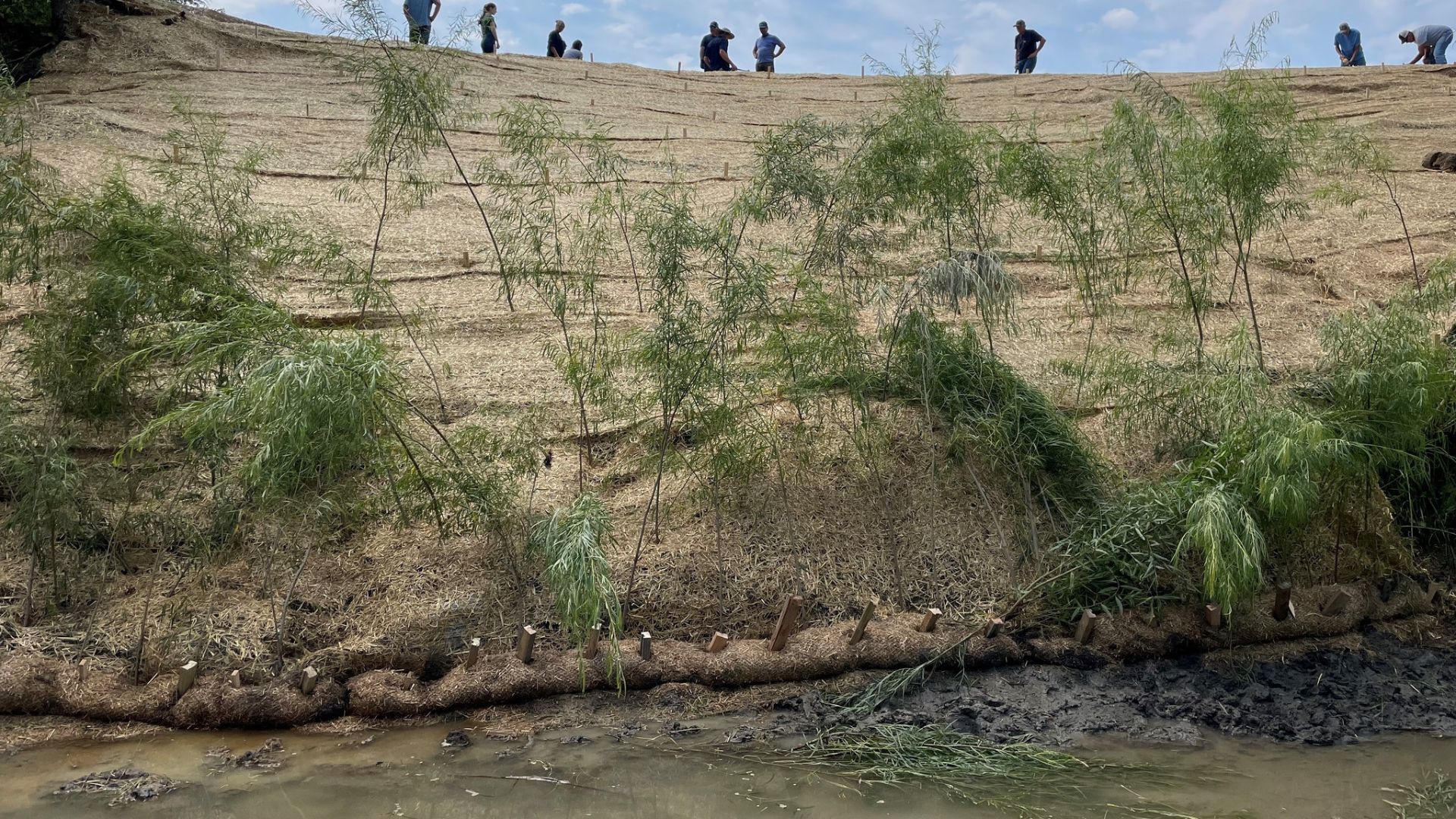
This recent discovery first began when a Wayne County resident called John Doershuk, Iowa’s state archaeologist, after unexpectedly finding a very long bone in a creek bed.
This bone was on private property. However, archaeologists were able to uncover that this bone was indeed a mastodon femur, leading to additional funding for a complete dig.
Excavating the Mastodon
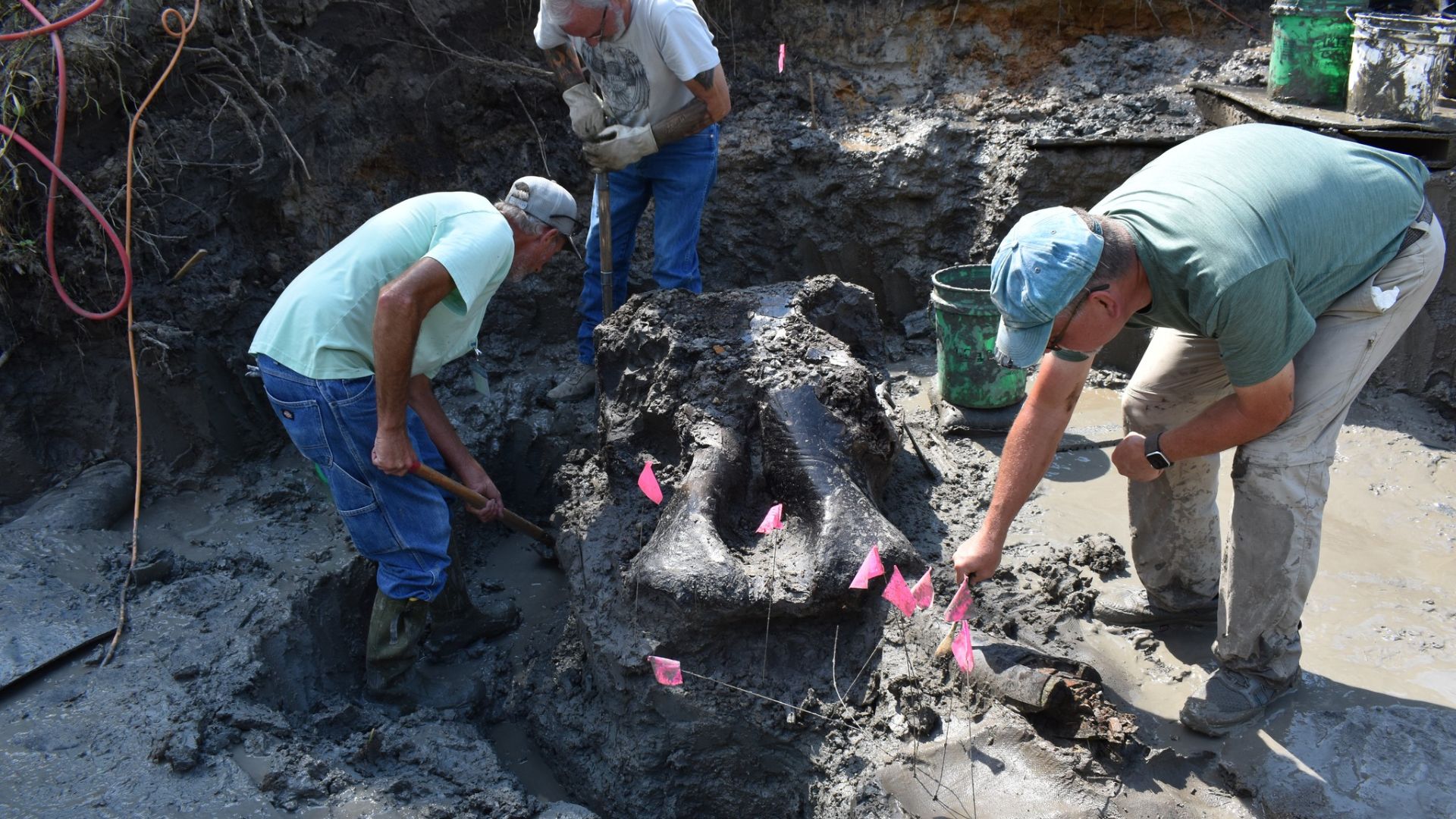
Earlier this month, a team of archaeologists arrived back at the site first discovered in 2022. They were able to excavate the entire mastodon skull.
That’s not all. Researchers also found many other mastodon bones. Now, they believe all of these bones are from the same mastodon creature.
The History of the Mastodon in the U.S.
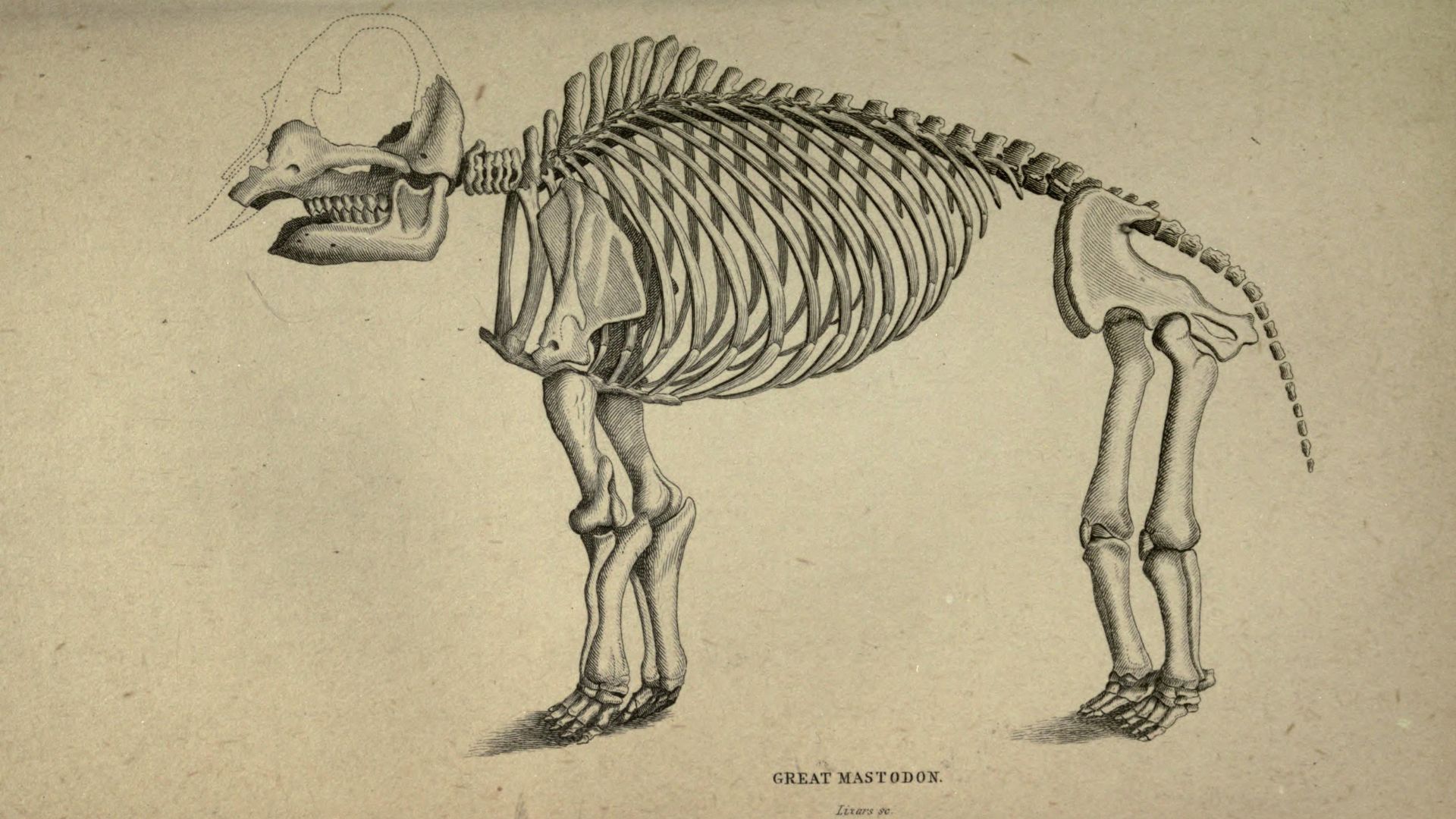
Mastodons were incredibly large mammals — similar in size to mammoths and present-day elephants — that lived in North America from 3.5 million years ago to about 10,500 years ago.
Eventually, the mastodon became extinct, similar to many other large animals seen in North America in its ancient past.
Finding Out How Old This Mastodon Is
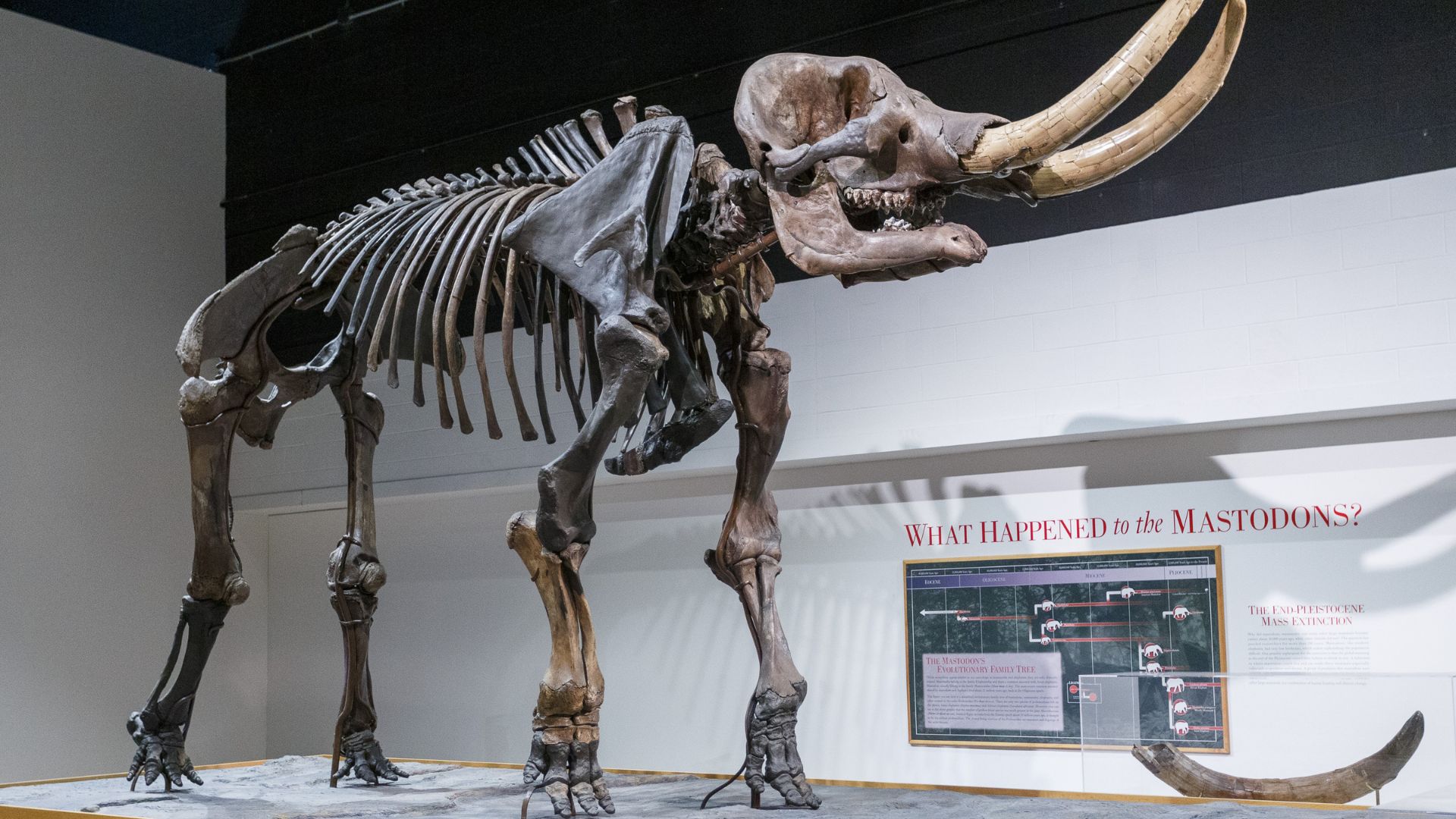
Once archaeologists were able to excavate this mastodon’s skull, as well as many other bones attached to it, they wanted to figure out just when this animal was roaming Iowa.
After radiocarbon dating the bones, they found that the creature is about 13,600 years old. Therefore, it would have been alive during a time when humans were also living in Iowa.
Looking for Human Interaction
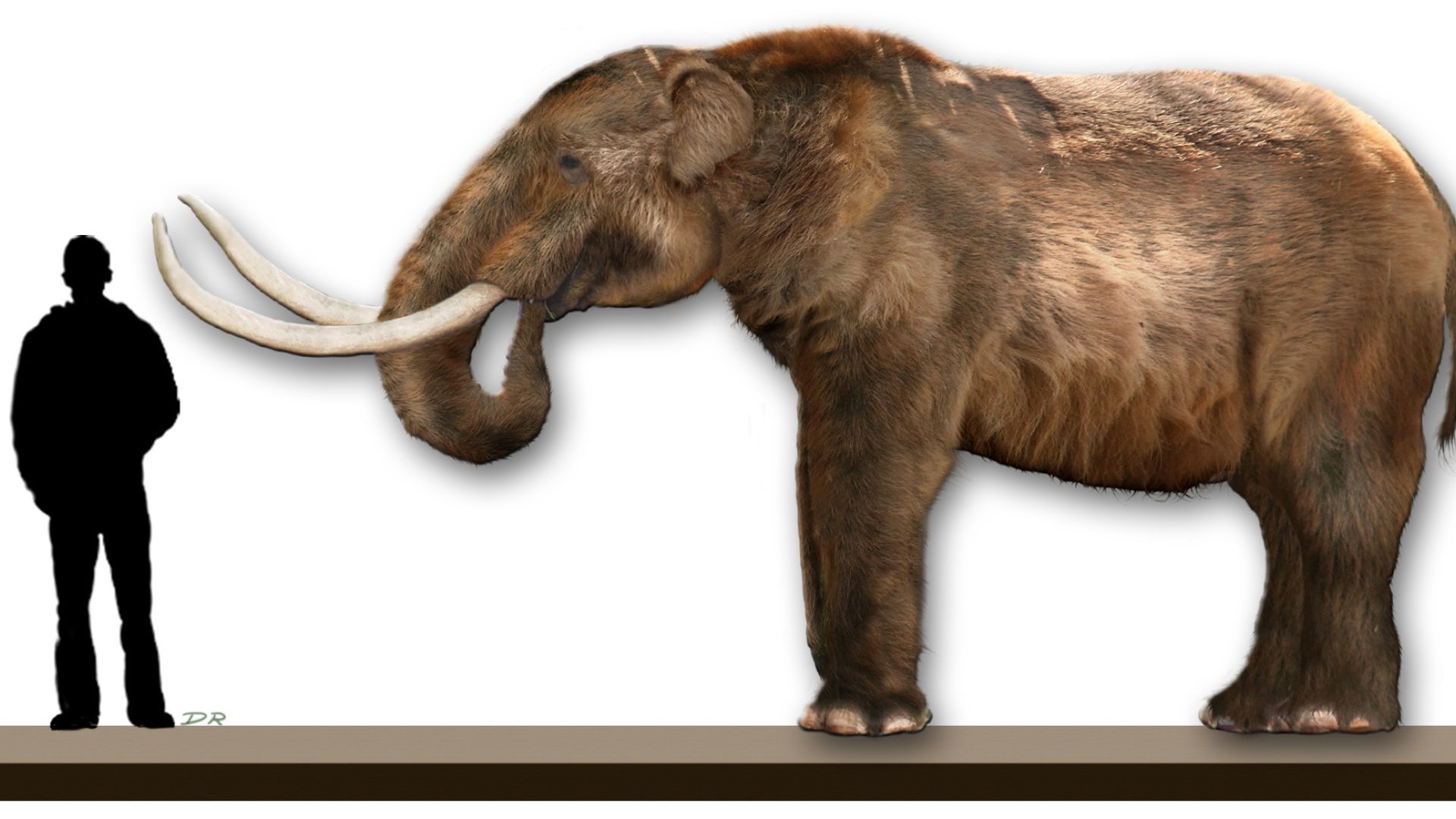
Now that they have dated when this mastodon was living, researchers are now on the hunt to figure out if this huge creature may have interacted with humans when it was alive.
During this most recent excavation, researchers did find various human-made artifacts from thousands of years ago.
Stone Tools Near the Mastodon
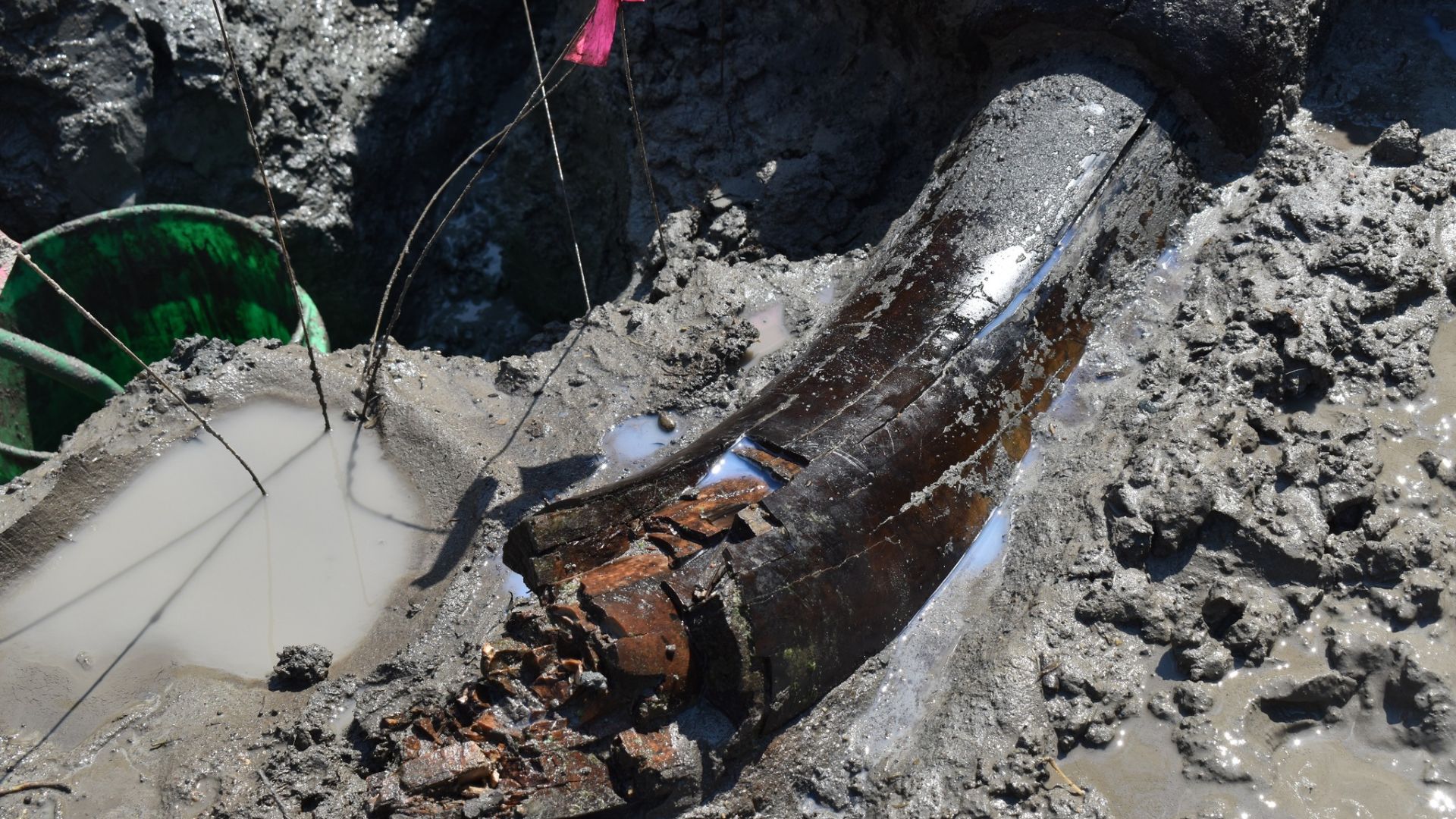
Though these artifacts, such as stone tools, were excavated in the same area where this mastodon was found, this doesn’t necessarily mean that the creature and humans interacted.
Archaeologists believe that these tools are from a few thousand years after the mastodon was alive.
Uncovering the Mysteries of the Mastodon
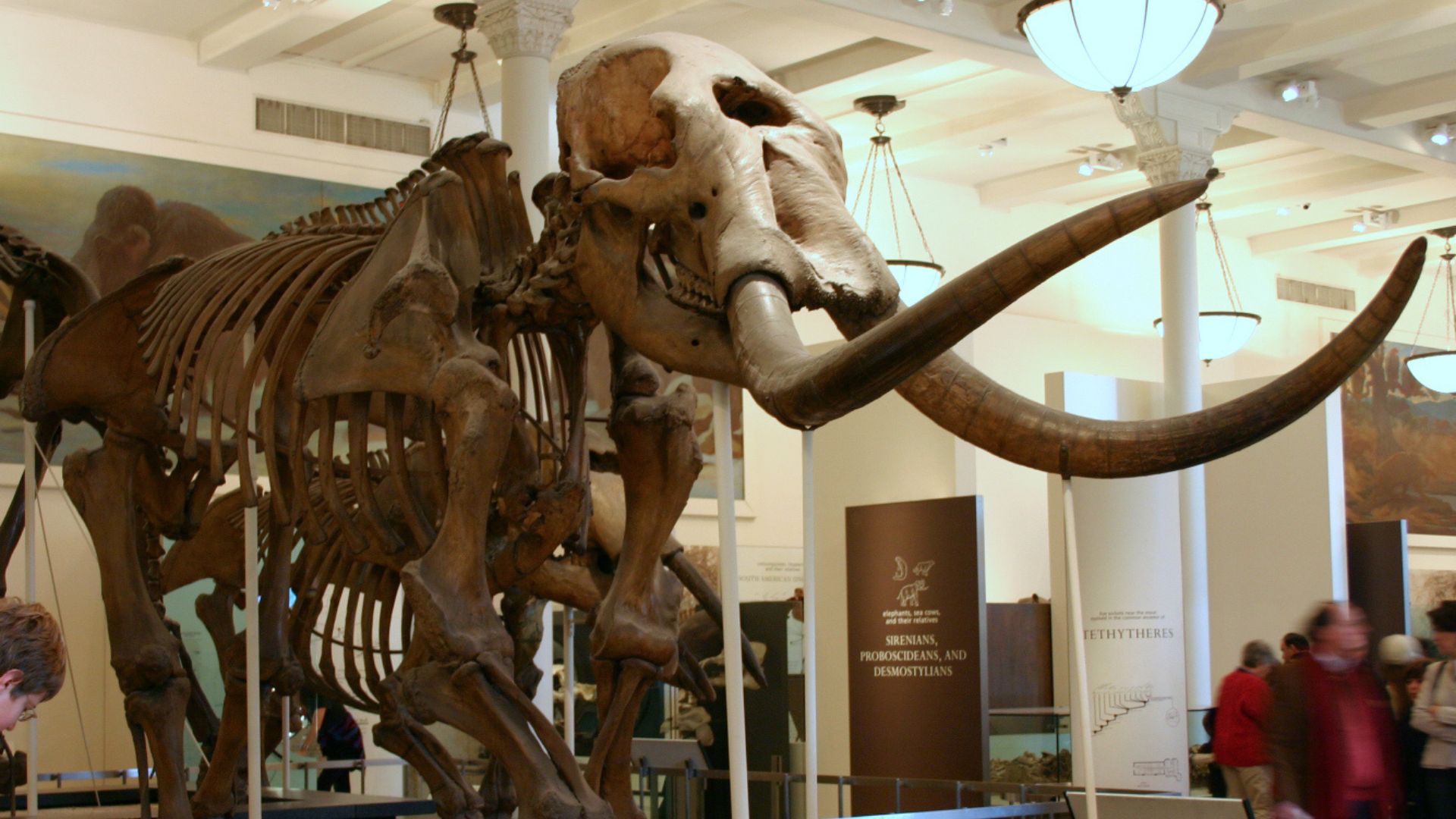
Doershuk recently opened up about uncovering the mysteries of this mastodon — including if it dealt with ancient humans.
“We’re really hoping to find evidence of human interaction with this creature – perhaps the projectile points and knives that were used to kill the animal and do initial butchering,” Doershuk explained. “There’s also potential evidence on the bones themselves – there could be identifiable cut marks.”
Why the Mastodon Ended Up in Iowa

Archaeologists are also looking forward to figuring out why the mastodon ended up in this creek bed in Iowa.
As they search for evidence of human interaction, they’re also hoping to uncover “how and why the creature came to be deposited in the creek bed.”
Analyzing the Mastodon Skull
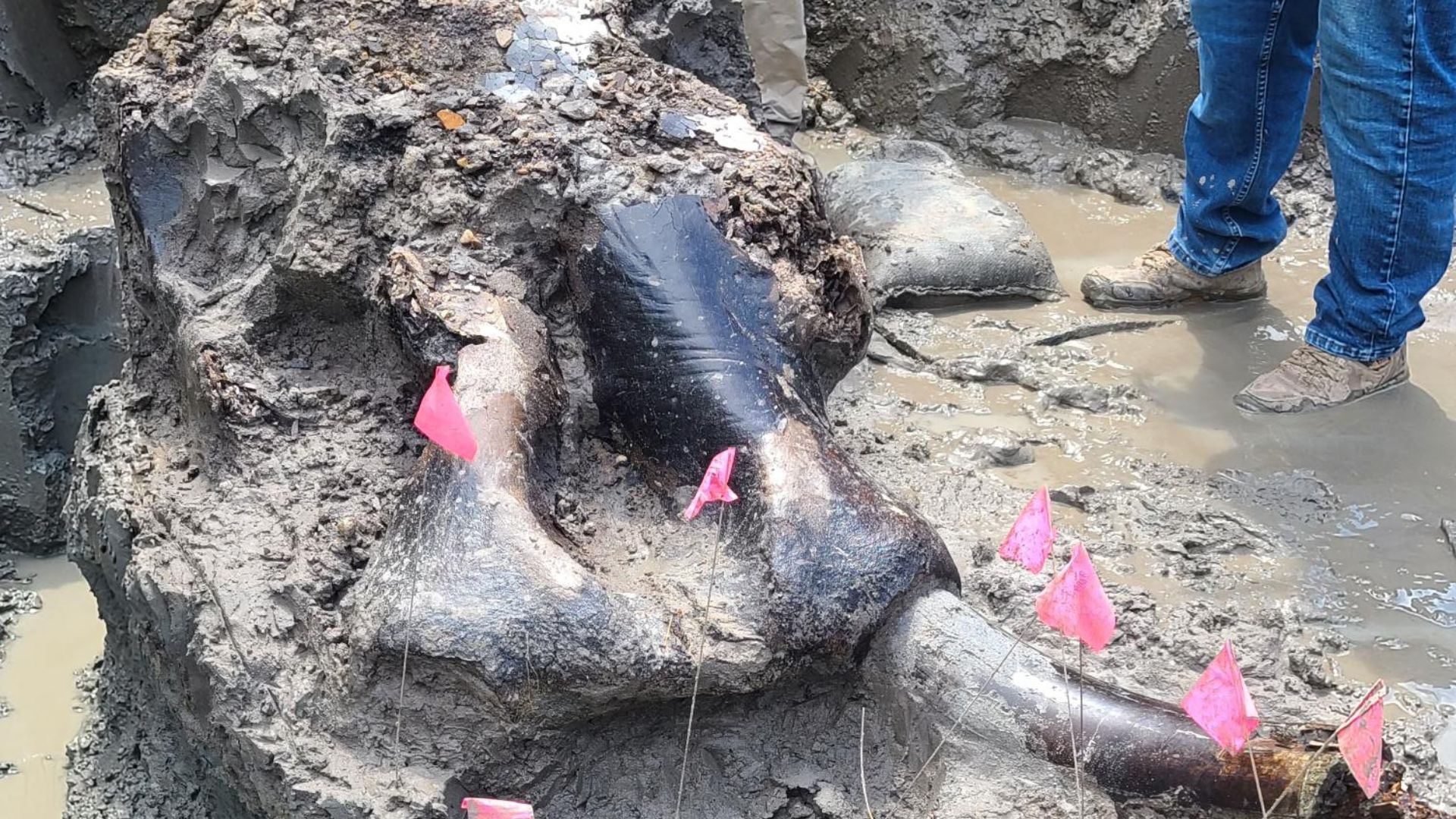
Once researchers are done analyzing the mastodon skull and its other bones, scientists will put the bones in a new exhibit in Iowa.
This exhibit will be at the Prairie Trails Museum, which is located in Corydon.
Discovering Mastodon Bones in the U.S.
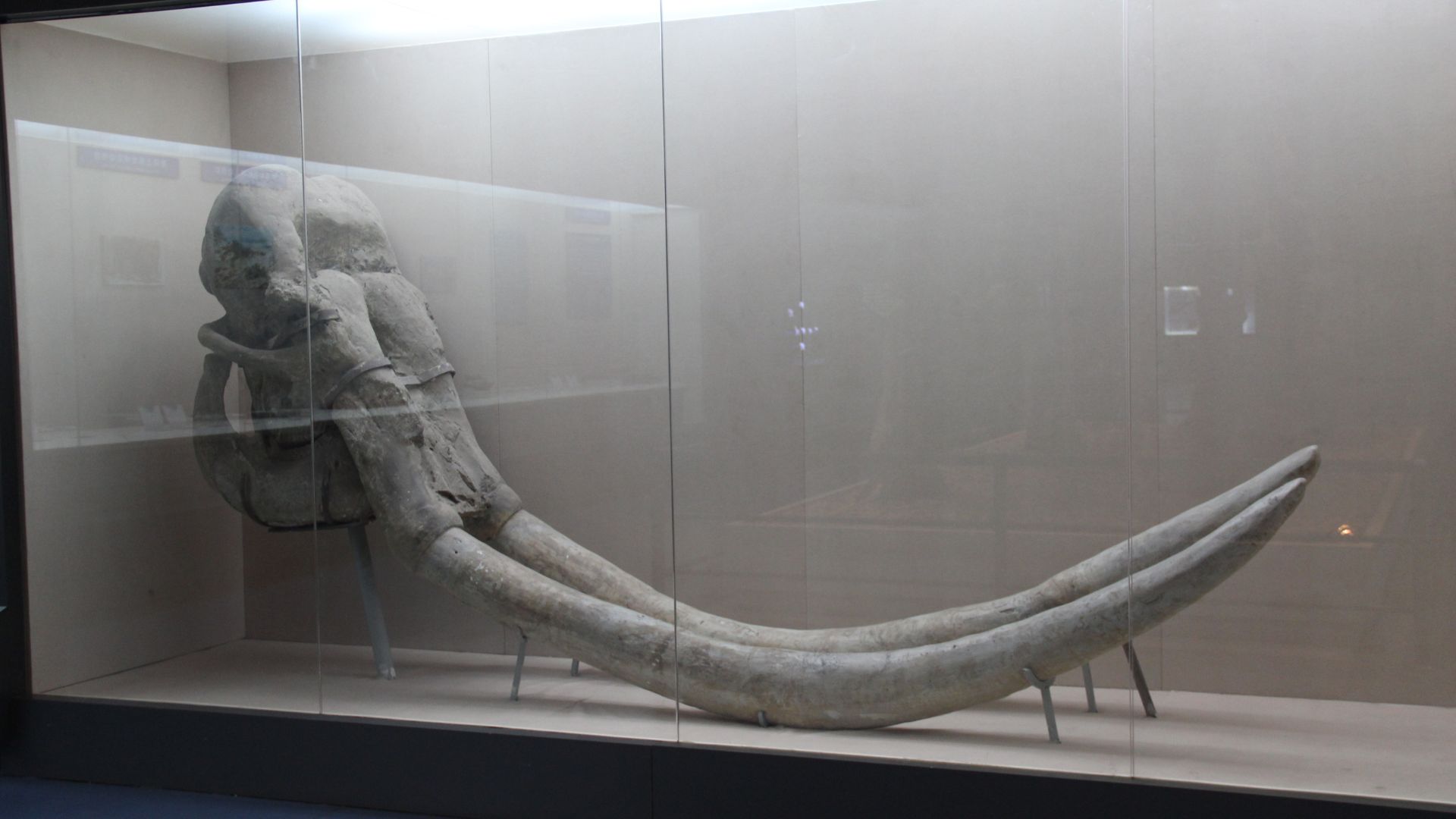
In the past few months, a few interesting fossil finds have been revealed in the United States.
In May, a 4-foot tusk of a mastodon was discovered by a Florida man when he was searching for fossils. This huge tusk was located at the bottom of the ocean near the coast of Venice.
Uncovering More Fossils
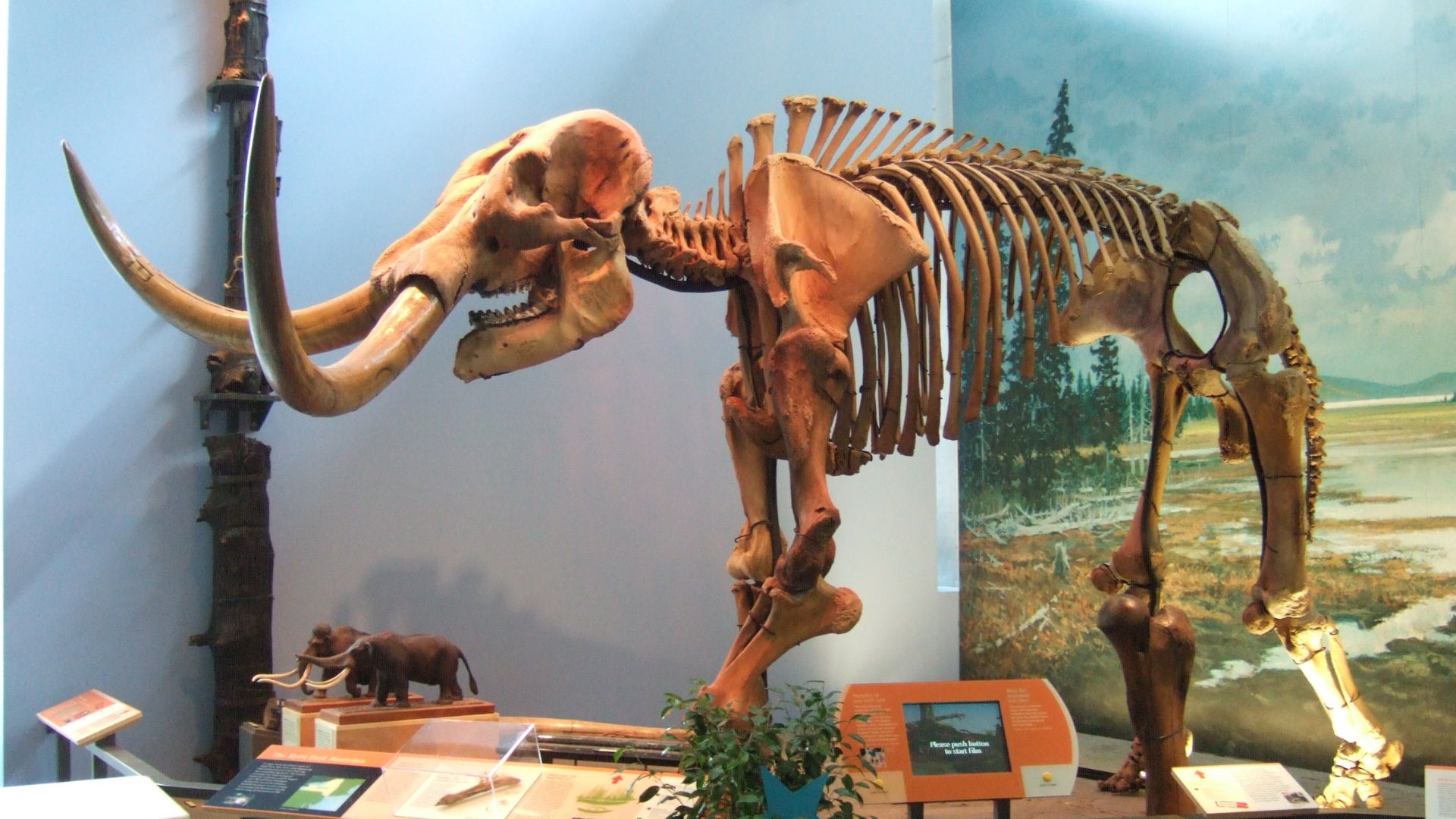
This latest discovery is remarkable for Iowa, as this mastodon skull is the best-kept fossil of a mastodon scientists have found in the state yet.
Similar breakthroughs have also been seen in other states this year. In Mississippi, a mammoth tusk was found in May — a rare occurrence in a state that doesn’t normally have these types of fossil discoveries.
